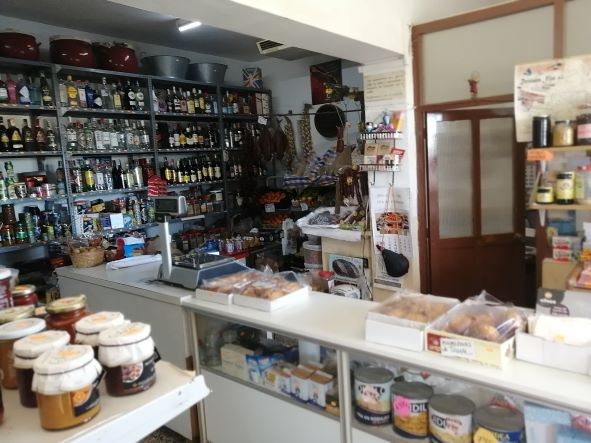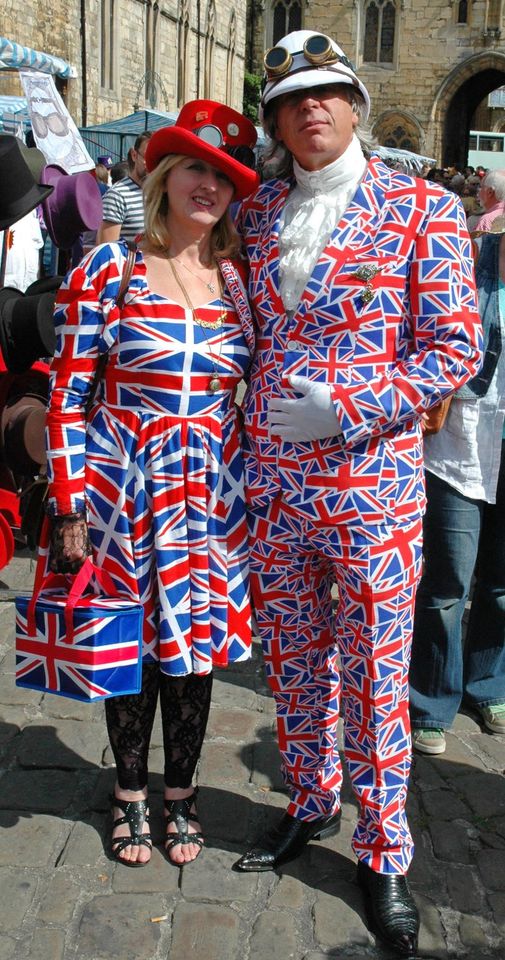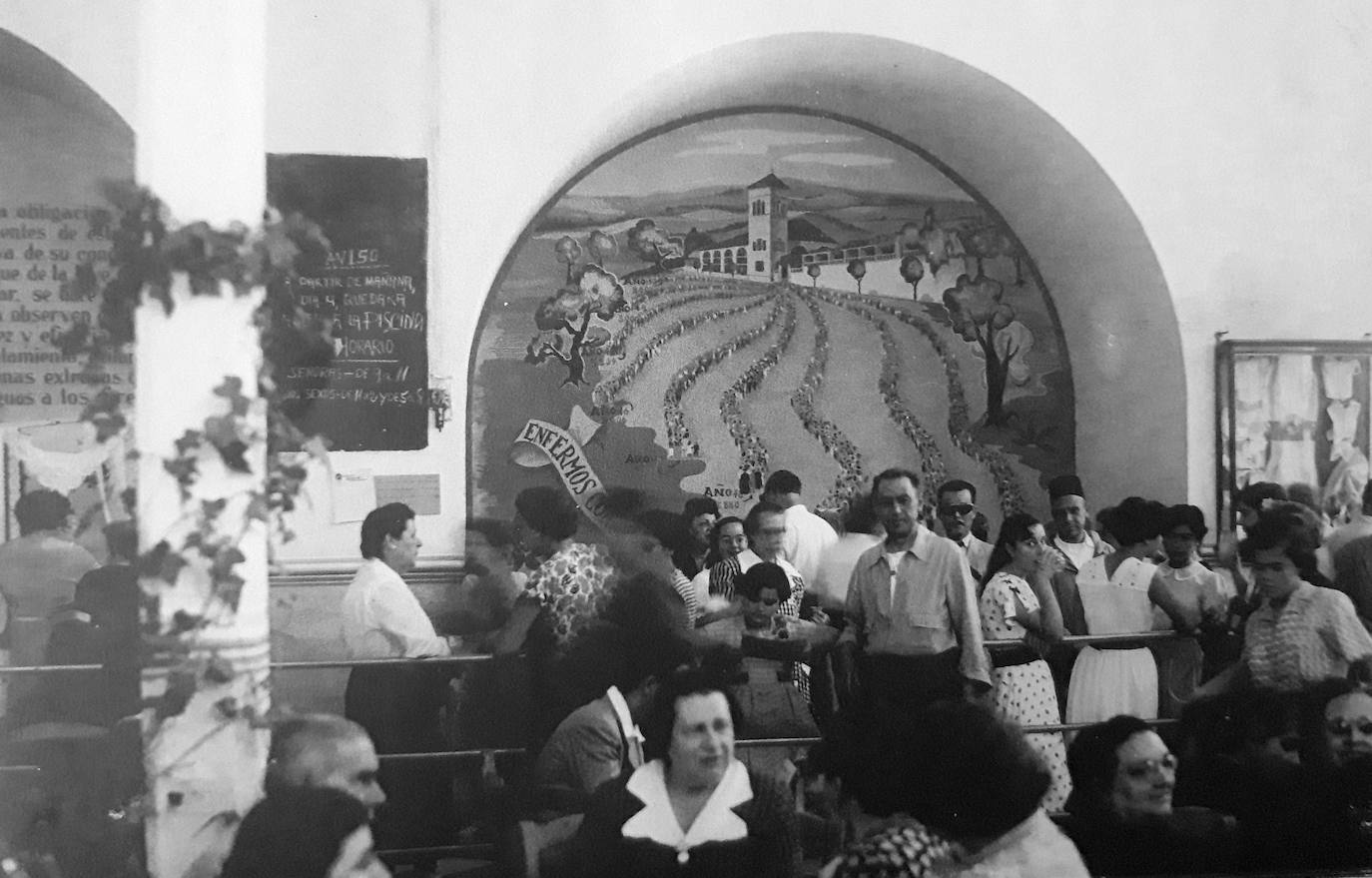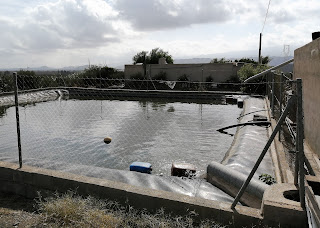There’s not much
acknowledgment of history in Mojácar (Almería) as a rule, so we’ll gloss
over the first few thousand years of the town and arrive, breathless,
in the times of the Mayor Jacinto Alarcón, in the early sixties.
That perhaps modest wave of artists, the Indalianos, mainly from
Almería (a city surprisingly wealthy in culture - you can see some of
their work today in the
Doña Pakyta Museum
in downtown Almería) had been and gone: weekending in Mojácar, drinking
and painting. They had introduced, or at least, promoted, the local
stick figure, which they called after themselves – the Indalo. Mayor
Jacinto, in charge of a moribund village, had been glad to receive them,
and he allowed them to stay in a few tumbledown houses. He instructed
the artists, the poets and the writers – go and tell people about our
town. By about 1962 Mayor Jacinto had an even better idea – to give away
ruins or land to those who would fix them up (bringing sorely needed
wealth into the community). Many came, and the town, with less than 600
inhabitants in 1960, began to slowly revive. A small hostelry, the
Hotel Indalo, opened in the Plaza Nueva, and, with its bar and
first-floor restaurant, it thrived. Some
mojaqueros, living in Lyon, Barcelona, Frankfurt or Madrid, heard of the new growth in the
pueblo, and they returned.
The foreigners came. They found the village to be a thing of
beauty, and above all, cheap. A house in 1966 would cost five hundred or
a thousand pounds. A glass of beer, a few pesetas. They brought with
them the habits of the swinging sixties: the Beatles, free love and a
stick of hashish. The mojaqueros learned of these things as
they began to find lots of work in the construction industry. The
unexpected introduction of the Almería airport (Franco never liked the
province) and the Mayor’s skills at Court bringing us a Parador Hotel in
1964 helped immeasurably. Mojácar was on its way.
Mayor Jacinto was strict, insisting that houses should be
traditionally built – with small windows, flat roofs and whitewash. No
high-risers and everyone to have a view. The rules were broken by the
first hotels, the Mojácar, the Moresco and on the unexploited beach
(land at one peseta for ten metres, no takers), the Hotel Indalo. The
tour operator Horizon had discovered Mojácar and made it its flagship
resort (before going spectacularly bust).
Mojácar’s fame grew abroad. The Indalo was often seen in London,
and Mojácar became a modest phenomenon internationally. More foreign
settlers arrived and a couple of local families began to take over the
local economy. They became very wealthy. By 1990, they were
multimillionaires –and friends of the mighty.
Everyone lived together more or less agreeably: the money was all
foreign and it kept on arriving, ending up – sooner or later – in local
pockets. As perhaps it should. Yet Mojácar itself, with the old mayor’s
retirement in about 1978, began to change from a residential town to a
tourist resort.
A Corsican businessman knocked down the village carpentry in the
square – a squat building connected by arches spanning the narrow
streets on either side – and built a three story nick-nack shop called
Sondra’s. The first ‘democratically elected mayor’ (the foreign
population of course couldn’t vote) also allowed the rest of the main
square to be demolished, including a beautiful theatre, and a furious
scramble of more nick-nack shops appeared on the three levels of the
‘Multicentro’: tee shirts, beaded wrist bands, pottery from Nijar and
junk jewelery from China.
The old hotel, the Indalo, that decrepit but key building that
commanded the square, was similarly demolished for even more ‘souvenir
shops’. On the beach, the Pueblo Indalo was built. The town had
decided that tourism brought in more money than resident home-buying
foreigners. Tourists spend heedlessly and then they go away; home-owners
stay (and perhaps vote, or try and compete in jobs and businesses). Old
Jacinto’s call for ‘Mojácar, where the Sun Spends the Winter’ was, for
some reason, ignored and the town became very seasonal: 25,000 in the
summer and just 6,000 in the winter. On the construction side (where the
real money lay), small apartments, good for a couple of mildly
uncomfortable weeks, were built rather than comfortable villas.
By 1985, as local homes were demolished and rebuilt to architects’
designs, the village had begun to change from ‘a beautiful Moorish
clutter of cubist homes’ to a slightly ugly town with neon lights,
narrow streets and a wonderful view. The foreigners themselves continued
to enjoy Mojácar (although its fame abroad was vanishing), and many
chose to live in a number of 'guetos' - as the Spanish call
them - in urbanisations overlooking the beach, ridiculously British, yet
still at apparently ludicrous prices. Mojácar was a fine place: there
was no Sky television and the only news came from the World Service of
the BBC – far off and, beyond the fluctuations in the daily rate of
exchange, of little interest.
The second mayor (third really, the age of ‘mociones de censura’
had begun) was Mayor Bartolo, a PSOE man who had worked in a local
savings bank. Bartolo was – one way or another – influenced towards the
new president of the Junta de Andalucía, Manuel Chaves, and, inspired to
make Mojácar a modern town, he brought back an architect called Nicolás
Cermeño, by chance Chaves’ nephew, to rebuild the old Mojácar fountain –
La Fuente.
It would be the beginning of the end of Mojácar and its easy cohabitation.
Remarkably, an open meeting was held in the Town Hall to discuss
the plan for a new tourist fountain to take the place of the old public
one. The mojaqueros were against the idea – one of them, José
María (carpenter and undertaker), gave a famous speech about how he had
seen enough marble to last a lifetime and he was against an austere gray
marble fuente. We all agreed.

Work began a few days later.
The foreigners were aghast. An early copy of ‘The Entertainer’ (the
English-language newspaper) has a picture of a local Brit holding a
placard which reads ‘Ninety Thousand Pounds to Wash my Knickers?’ (the
reference being that, in those days, the fuente was used by
washerwomen as a laundry). A few days later, the foreigners made a
demonstration in protest against the outrage. They were (unwisely) led
by an American actor and long-term local resident called Charles Baxter
(who lived openly with his Spanish boyfriend) together with Silvio
Narizzano (whose sexual perversions in Hollywood and London were
palpably well-known locally, as was his artist and playwright boyfriend
Win Wells). I was warned by Antonio, a local friend, ‘to keep clear’. It
was well that he told me, because the foreigners, amassed in the main
square, were set upon by the mojaqueros and a fight developed.
Eventually, the Guardia Civil arrested Silvio (later to be freed:
‘unshackle that man’, said the mayor standing outside the Town Hall.
Silvio gave him a large bunch of roses and a kiss). Shortly after the
event, Charles Baxter – the gray-haired dapper doyen of the foreigners –
left Mojácar for good.

The
mojaqueros had the last word – we don’t like the new
fuente but it’s for us to complain – not you. The relationship with the foreigners was broken.
A few months later, Bartolo used the same architect to ‘remodel’
the Castillo - the castle at the top of the town. No one complained.
...
Years after (in 2014), a local man called Francisco Haro, the son
of the old owner of the Hotel Indalo, wrote an astonishing homage to the
early foreigners who had brought Mojácar back from the brink of ruin, a
fully-illustrated book called ‘Mojaqueros de Hecho’ (Honorary
Mojaqueros). Tales of Fritz the mad artist, Charlie Braun, Bill Napier,
Paul Beckett, Ulf Dietrich, Preacher Jim, Ric Davis, the Polansky
brothers, Salvatore, Geri, Theresa and many more who brought wealth,
fame and fun to the area.
The book was completely ignored by the current Town Hall which has, at best, an uneasy relationship with the guiris. These days, and despite the 60% of foreign inhabitants versus just 20% of mojaqueros (more or less, depending on the vagaries of the town hall padrón), Mojácar is considered officially as a seasonal tourist town.
 er, passing you the tins of peaches, bottles of Hero fruit juice, wine in returnable bottles at 14 pesetas a bottle, pickled fish and canned butter from Holland.
er, passing you the tins of peaches, bottles of Hero fruit juice, wine in returnable bottles at 14 pesetas a bottle, pickled fish and canned butter from Holland.





 n
my article with an absurd substitution of asterisks with just the first
letter appearing before to give clever adults a guide as to what I
might mean, yet confuse those children who look forward to my weekly
output and would read them all in one go if only the adults ‘ud let
them.
n
my article with an absurd substitution of asterisks with just the first
letter appearing before to give clever adults a guide as to what I
might mean, yet confuse those children who look forward to my weekly
output and would read them all in one go if only the adults ‘ud let
them.

